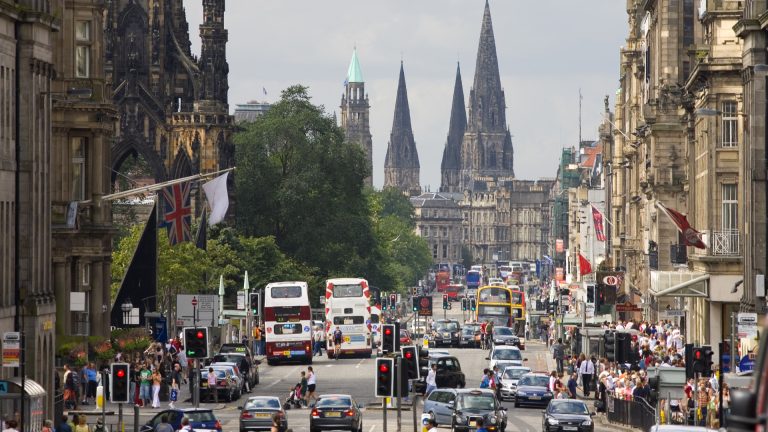Outdoor air pollution is a significant risk to public health, with an estimated 1,800 to 2,700 deaths in Scotland each year attributed to long-term exposure to outdoor air pollution, although health problems can occur because of short-term exposure to pollutants as well. Poor air quality overall is a major contributor to preventable ill health, and people living in areas with higher pollutant concentrations are more likely to experience a variety of health problems, including respiratory conditions, heart conditions, birth complications, cancers, and overall mortality.
On top of this, things like household income, deprivation, employment, education, housing, ethnicity, and gender have a strong relationship with our health. People living in areas with high deprivation are likely to experience significantly worse health outcomes. High levels of pollution can compound other health risk factors, contributing to or worsening health inequality.
There are two pollutants which are most correlated with these poor health outcomes: Nitrogen Dioxide (NO2) and Fine Particulate Matter (PM2.5). These are largely derived from transport, industrial emissions, and domestic heating, so addressing air quality in Scotland requires targeted policy in these areas. Addressing inequalities in pollutant exposure requires an additional step: understanding where inequalities lie.
At the Scottish Health Equity Research Unit (SHERU), we explore these socioeconomic determinants of health inequalities. SHERU is a joint collaboration between the University of Strathclyde’s Centre for Health Policy and Fraser of Allander Institute. Our research covers a number of different research areas, including air pollution. In the interest of addressing population health in general, are there opportunities for policymakers to address socioeconomic inequalities? Where are there gaps between policy and action?
With these questions in mind, we have a new report out today examining inequalities in outdoor air pollution. This new report focuses on two key areas:
- Where are there inequalities in outdoor air pollutant concentrations in Scotland?
- Where can the Scottish Government tailor policy to address these inequalities?
Regarding overall inequalities, we found that people from minority ethnic groups experience higher concentrations of both PM2.5 and NO2, as are people living in private rentals and people with mental health conditions. People living in income deprived areas and in socially rented accommodation also experience slightly higher concentrations of these two pollutants compared to the general population, although this correlation is not as significant. This changes when we control for age, however: deprived children are much more likely to experience high levels of pollution compared to their peers living in less deprived areas.
Addressing these inequalities is complex and involves multiple levels of government. Many policy ambitions are set by national government and implemented by local government through local enforcement. While air quality policy in Scotland does aim to protect public health, it does not currently include specific targets to address inequalities in pollution exposure. We find that introducing targeted measures for deprived areas could help reduce these inequalities and shift policy priorities toward the most affected communities. This would require an investment in skills and resources to analyse and monitor changes over time, however. There are upcoming opportunities for Scotland to consider this, as Scotland’s air quality strategy document, Cleaner Air for Scotland 2, is due for review in 2026.
Authors
Allison is a Fellow at the Fraser of Allander Institute. She specialises in health, socioeconomic inequality and labour market dynamics.

